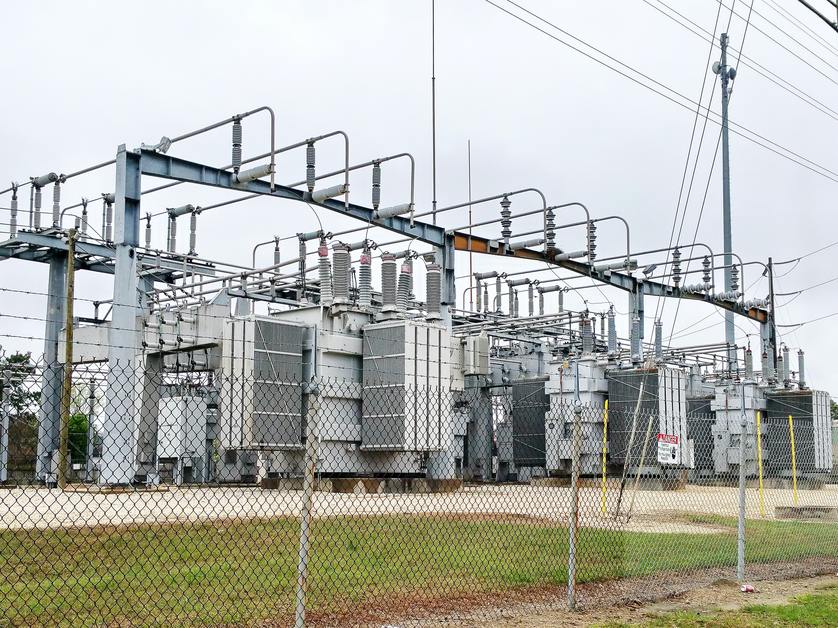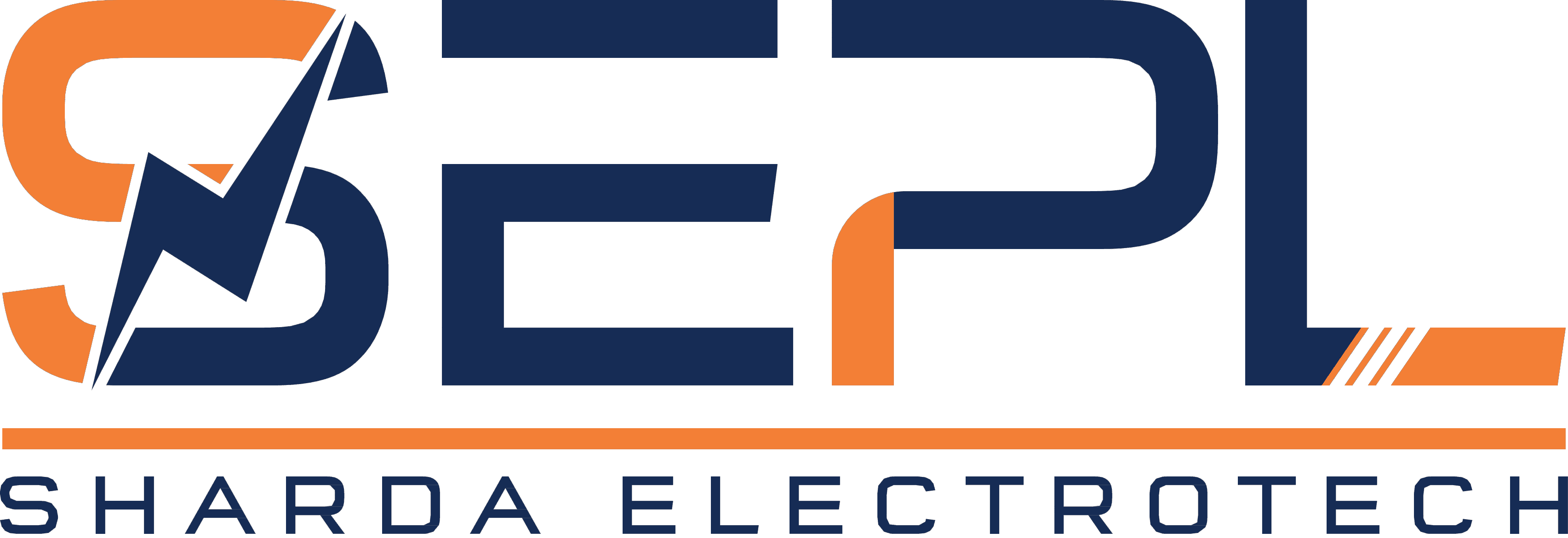
Substation Work
Electrical substations are the interface between parts of the distribution grid and transmission systems. These fenced off areas step down the voltage in the transmission lines to one that is suitable for the distribution grid. They are also equipped with circuit breakers to protect the distribution system, and can be used to control the flow of current in various directions. They also smooth and filter voltage fluctuations caused by, for example, an increased load
Types:
Substations can be categorized by their various functions and roles.
- Step-up substation -
- These substations raise the voltage from generators (usually at power plants) so electricity can be transmitted efficiently. For more information on why higher voltages are more efficient for the transmission of power, see electrical transmission.
- Step-down substation -
- These facilities lower the voltage from transmission lines to what is known as a subtransmission voltage, which is sometimes used for industrial purposes. Otherwise, the output is then directed to a distribution substation.
- Distribution substation -
- These substations further lower the subtransmission voltage to one that can be used to supply most industrial, commercial, and residential needs, with the aid of a distribution transformer before power is finally delivered to the load. These facilities are sometimes located underground. Visit distribution grid for more information.



































